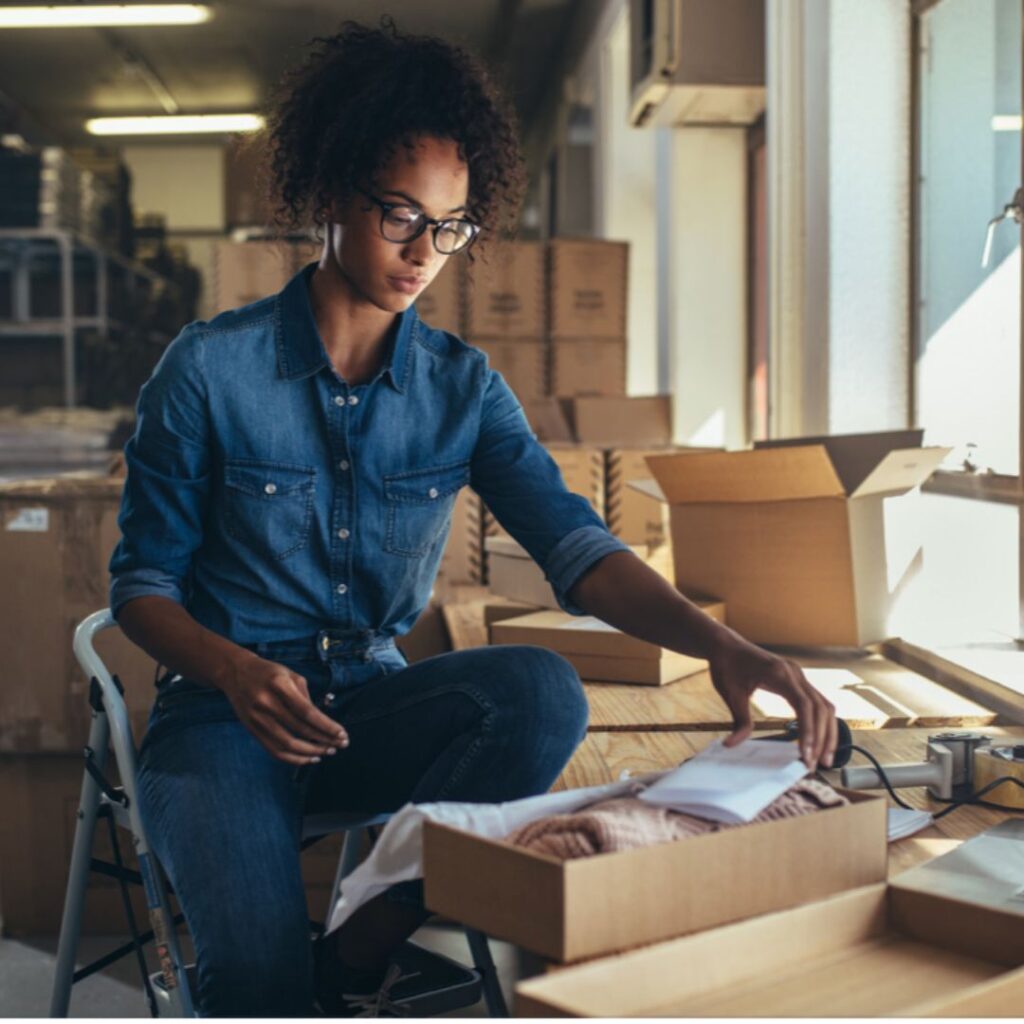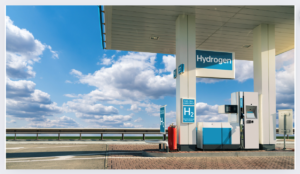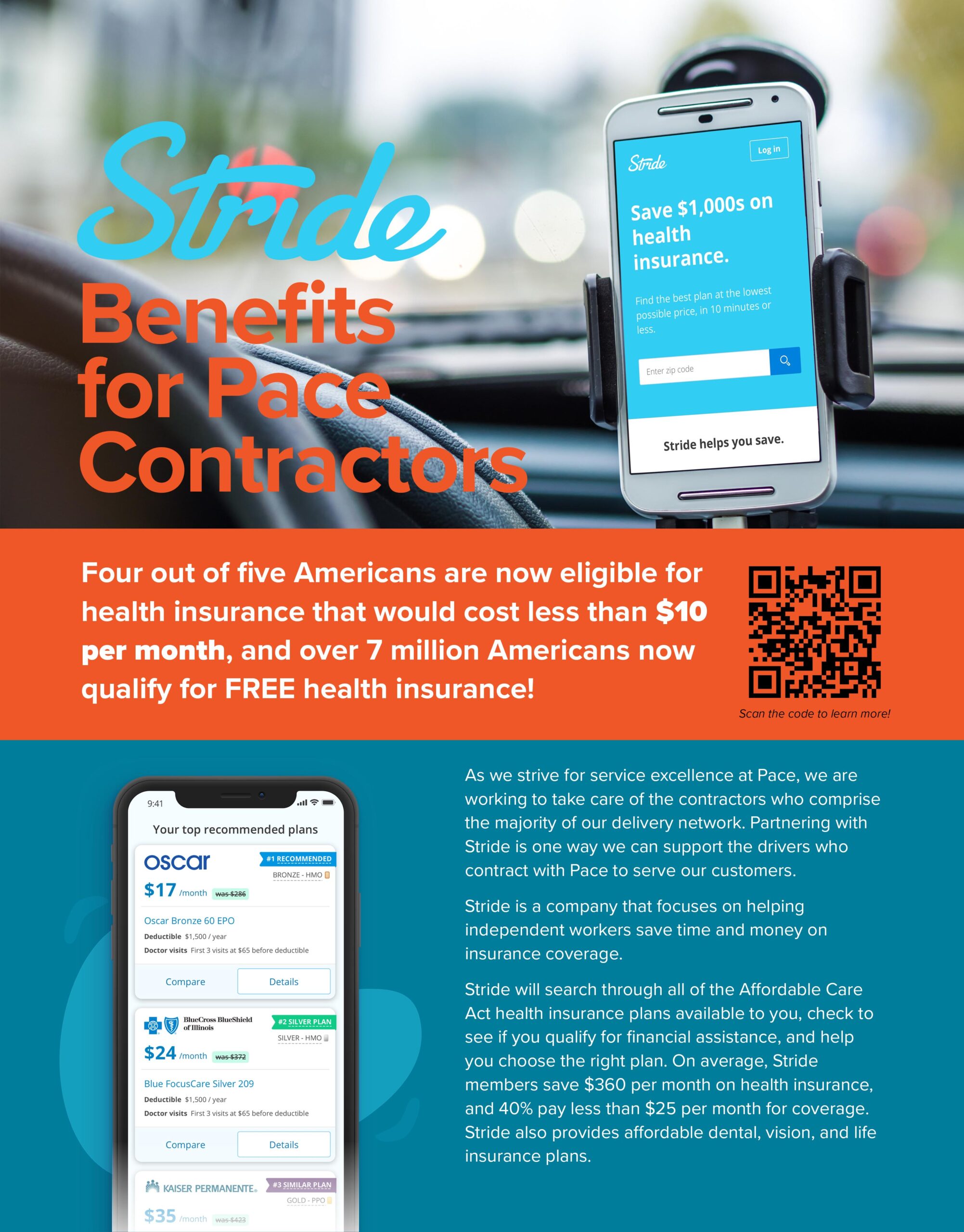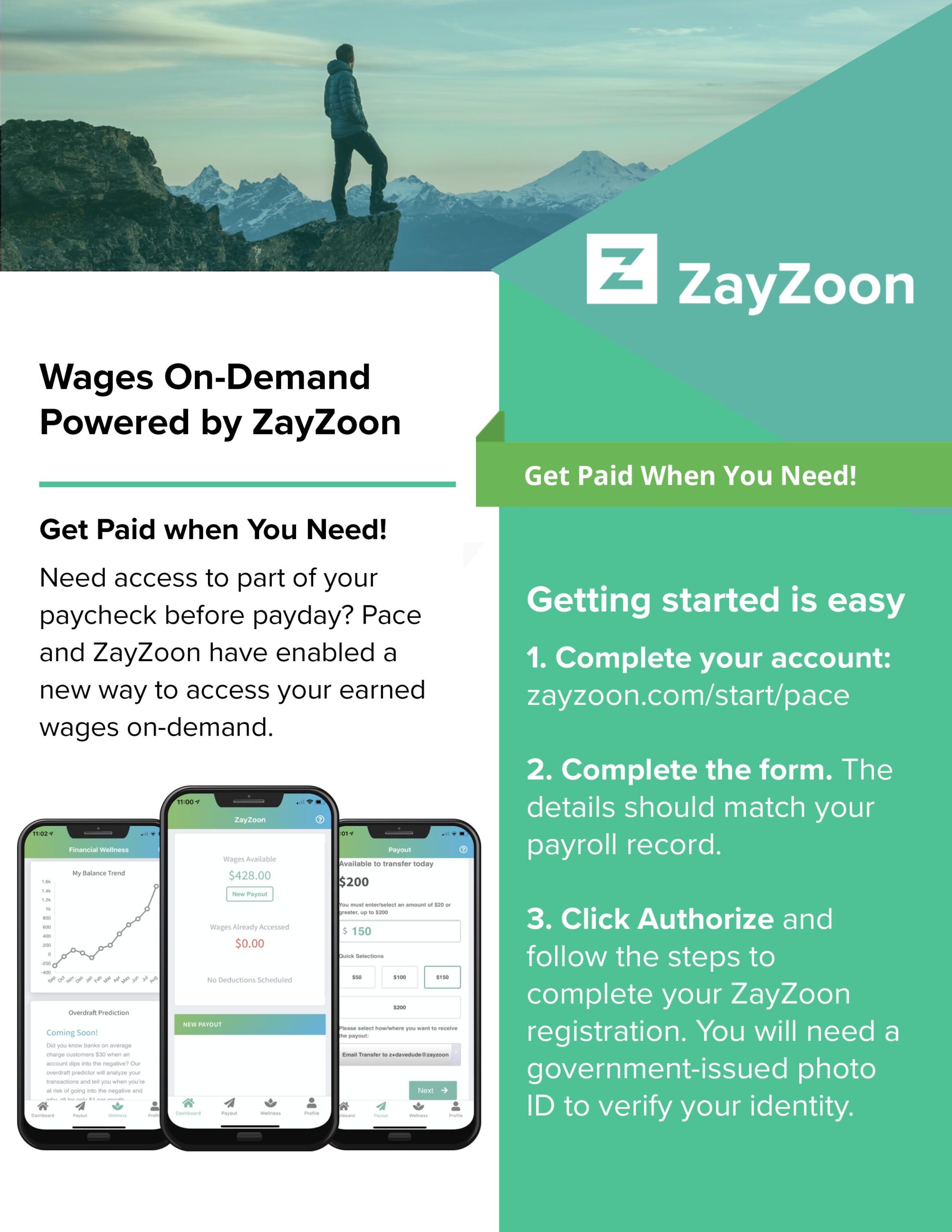
We make buying decisions every day influenced by consumer package design. Is it appealing, does it speak to our preferences, does it convey the right amount of information and benefits to spur a purchase? Space on store shelves is highly competitive and eye-catching effective product packaging can be a key sales differentiator.
When it comes to the role of exterior packaging in the world of logistics and shipping, there are a whole different set of criteria involved. Several important functions have to work together to ensure products reach the end user “just as advertised” and in pristine condition.
Protection
One of the primary purposes of shipping packaging is to protect the product from damage, contamination, and tampering during storage, transportation, and handling. Packaging materials are chosen based on the type of product to provide physical, chemical, and biological protection.
Preservation
Packaging helps to extend the shelf life and preserve the quality of products by preventing spoiling, evaporation, oxidation, along with other forms of deterioration by creating a controlled environment. Techniques such as vacuum sealing, airtight containers and modified atmosphere packing are all used to maintain freshness. Most of this protection is incorporated directly into the consumer package design, but extended supply chains may also require external packaging to provide similar functionality.
Marketing and Branding
Given the intense competition over brand recognition in the marketplace, it’s no surprise that some manufacturers and sellers have chosen to brand the outside of corrugated shipping boxes with their product or company logos. Consider the popular online pet store “Chewy” TV commercials showing the two dogs in the window saying, “The peanut butter box is here!”. Amazon, Chewy, and Wayfair are all well-known examples of companies that do this for greater exposure.
Environmental Considerations
With increasing environmental awareness and concerns about sustainability, re-designed packaging that creates a lower environmental impact has gained traction with consumers. Given the choice, many buyers select multiple purchases to ship together in one container at one time to reduce waste, even if it takes an extra day. They also prefer receiving items that are packaged in eco-friendly, compact materials that can be easily recycled. Examples include:
- Biodegradable – designed to break down naturally
- Compostable – typically made from organic plant-based sources
- Recyclable – collected and processed from other materials that can be further recycled
- Minimalist – focused on reducing any excess material and optimizing efficiency
- Reusable – designed to be used multiple times, especially for returns or refills
Economic Considerations
Business decisions have historically been a compromise between the greater good and their economic impact on the company. Most environmentally sustainable packaging is more expensive so many companies have been slower to utilize those materials, although consumer demand is playing an ever-growing influencer role in that decision-making process.
An easier lever to pull that is a win-win for all parties is to right-size external packaging so small items aren’t sent rattling around in big boxes requiring a wasteful amount of packing material. Similarly, the lighter weight but stronger envelopes and containers now available can reduce shipping costs while still providing the necessary protection for transportation. A note here that packing and cushioning materials have also evolved from foam peanuts to economical options like air pillows, crumpled papers, and corrugated inserts, balancing cost, environmental concerns, and functionality.
Why it Matters
If you are sending products to consumers as part of your e-commerce or retail business, how those products arrive will be seen as a key indicator of your business’s quality. If an item arrives that is poorly packaged or worse, damaged, it erodes trust in the brand and reflects badly on the company. On the other hand, if the item(s) arrive in a secure, clean, and neatly packaged state, the customer is likely to interpret this as a sign of professionalism and trustworthiness. Just as The Peddler in Disney’s Aladdin concluded, “This is no ordinary lamp!”, packaging is more than just a protective layer.
A successful delivery is good for future business and reputation is everything!









